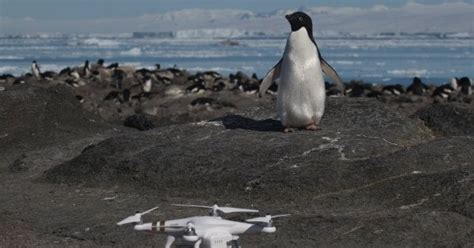President Trump’s tariffs have made headlines for reaching even the most remote corners of our planet. From bustling cities to uninhabited territories, no one seems safe from the trade war repercussions.
Picture this: a sheet of paper listing countries and territories affected by these tariffs lands in the hands of reporters at the White House Rose Garden. Among them are places like Heard Island and McDonald Islands – Australian territories near Antarctica where penguins outnumber people. Yes, you heard it right! These islands export close to nothing but still found themselves caught up in the tariff storm.
But that’s not all; even islands with military personnel as their sole inhabitants weren’t spared. Take British Indian Ocean Territory, for example, home to joint military bases on Diego Garcia. Despite its sparse population, it too faced tariffs higher than what its governing nations did.
Now let’s dive deeper into Norfolk Island – an Australian territory facing a hefty 29 percent tariff compared to Australia’s 10 percent rate set by Mr. Trump. Prime Minister Anthony Albanese expressed his bewilderment at this move, highlighting how Norfolk Island poses no significant competition to the giant U.S. economy.
In 2023 alone, Norfolk Island exported $655,000 worth of goods to the U.S., including leather shoes and vehicle parts while importing products like chemical fertilizers worth $116,000 – showcasing the imbalance in trade relations between these far-flung lands.
Moving across continents, Reunion – a French territory off Madagascar with less than a million residents – saw steep tariffs skyrocketing to 37 percent compared to France’s 20 percent rate. Even Falkland Islands got entangled in this web of tariffs with conflicting figures ranging from 41 percent to 42 percent instead of Britain’s standard 10 percent levy.
These developments have left many scratching their heads about why certain barely-inhabited islands were singled out for such treatment without any clear rationale from the White House.
Through these unprecedented tariff actions affecting places more known for their penguin colonies than human settlements, we witness how interconnected our world truly is – where decisions made in distant capitals reverberate across landscapes both populated and deserted alike.

